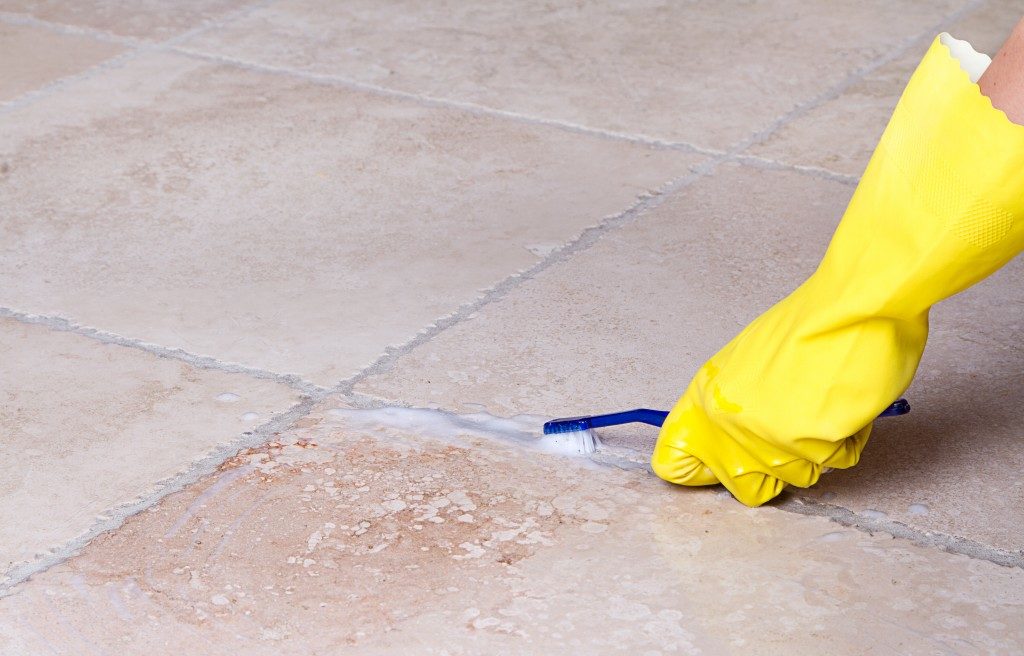Grout is common in the construction industry. But products, such as Sika grout, are also used in other civil engineering projects, manufacturing, and related rehabilitation projects. There are two types of grout and a number of subtypes. Each type is used for a particular application. To know more about grout, just keep reading.
Types and Subtypes of Grout
Grout is generally classified into two: cement and chemical (or epoxy) grout. Among cement grout, there are ordinary cement grout (microfine) and ultrafine cement grout. Chemical grout can be made of sodium silicate, acrylic gel, or polyurethane expansive foam.
Cement grout is suspended solid grout composed of particulates made from ground cement clinker. The particulate size is around 15 microns. Microfine cement grout has particulate sizes of 6 to 10 microns, while ultrafine cement grout, 3 to 5 microns. These differing sizes play a role in how grout can penetrate fissures. Soil permeability does not directly rely on particulate size, but the surface tension of grout is the one that controls it.
Chemical grout has tinier particulate sizes that improve its penetrability on rocks and soil, especially sodium silicate types. Sodium silicate has very low viscosity and almost unstable. It also gels quickly. Acrylics or “true solution grout” are devoid of suspended solids and are extremely viscous (like water). Acrylics are further classed as acrylamide and acrylates. Lastly, polyurethane grout is either hydrophilic or hydrophobic. The former needs water to react, while the latter needs little water.
Grout Applications

The success of a grout installation depends on the right type of grout to be used. Cement and chemical grout, as discussed above, have unique properties. But both are very useful in many industrial applications.
Cement grout is best used in general civil construction applications, from erecting baseplates to providing bedding mortar. It can also be used in grouting precast members and column joints or anchoring bolts cables, among other machinery-based applications. Cement grout is a good stabilizer of soil and perfect water control agent in civil engineering projects such as dams, mines, and tunnels.
Chemical grout is likewise used in construction projects as either a complement to cement grout or as the dominant grouting agent. It is used in grouting reciprocating compressors, damping vibration, preventing corrosion, and injecting into deep concrete cracks. Chemical grout substitutes cement grout in certain geologic conditions. If all types of cement grout are not working, acrylamide is applied.
Grout is also applied in rehabilitation projects, especially with aging sanitary sewer systems, concrete dams, and other lower-grade structures. Mostly, acrylic gel and polyurethane foam are used in such rehab projects as they work well in sealing cracks and joints. Acrylic gel is the best for pipeline rehabilitation, whereas polyurethane foam is the best for securing manholes and vaults.
Whether your construction project is large or small, using the right grout is essential. Stopping leaks, stabilizing soil, and controlling water are what grout is made for. Cement grout offers the initial answer, but if not workable, use chemical grout. But when you feel that you need some assistance, it is not bad to ask help from a qualified grout technician.

